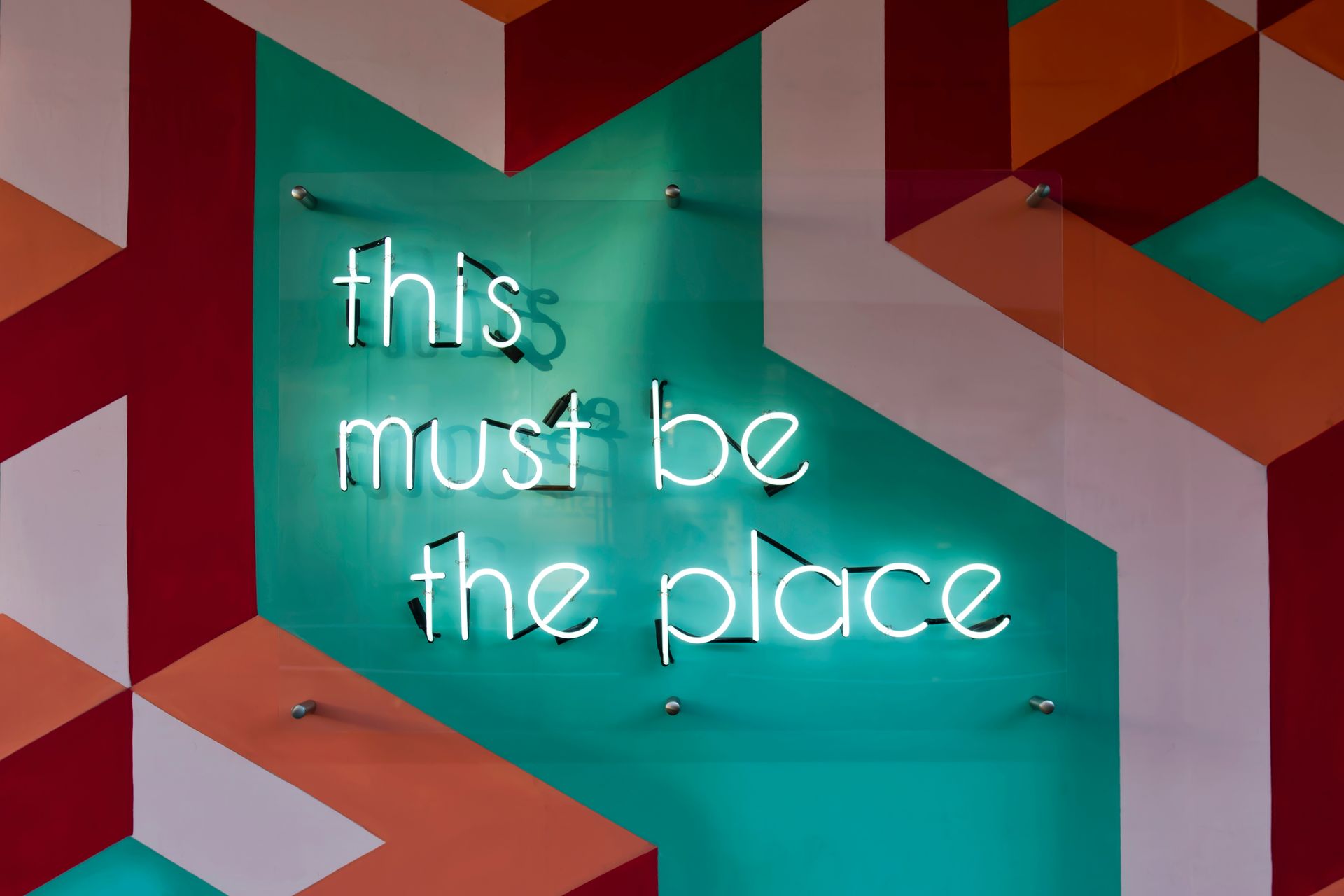Gone are the days of pencils, erasers and rulers. Welcome to the modern world of architecture! BIM (Building Information Modelling) is one of the most heard architectural buzz terms today, and rightly so as we witness its powerful impact on the industry.
The transformation of architectural processes through the intelligent 3D software allows architects to envisage what a completed design will look like in detail ahead of time.
What makes it such a game changer is that, if implemented well, it's an integrated and open system across all stages of planning, designing, constructing and managing buildings.
While it may seem daunting at first, it's changing the whole face of architecture and design. Here are the top five reasons why…
1. IMPROVES EFFICIENCY
BIM has given architects the capacity to deliver projects in massively reduced timescales. From lead pencils and tracing paper to computers, the design process has become more advanced, and much quicker.
When you draw a line on the plan in BIM, you also draw a 3D element such as a wall, which automatically creates part of your section, part of your elevation, and a basis for construction details.
As well as saving time and money, it enables architects to accommodate clients' tight deadlines, providing them with more time to design and provide a better outcome.
2. REDUCES ERROR
Sometimes error is inevitable; we are only human. Traditionally, quality control procedures were laborious and involved a lot of time checking the work and information produced by teams.
BIM doesn't mean you don't need to check any information, but it does mean there is certain information that is more accurate from the start and other information that can be assessed much quicker.
For example, if you have 1,000 doors within a design, traditionally you would have to check that each door is covered on the schedule. With BIM, if it shows 1,000 doors on the plan, you don't need to check at all... which makes your life easier and a lot less stressful!
3. INCREASES ACCURACY
Details in BIM are created in 2D, similar to the traditional methods. As mentioned, however, BIM works with a 3D model, allowing you to underlay the 3D to produce the detailing - an accurate and efficient process.
Once a detail has been created, it can be constantly checked against the 3D design to monitor the design development. With the concept team reviewing the 3D design and the delivery team producing the details, this allows for great collaboration and protection of the design when detailing.
Details even include information on the exact make, model, specifications, quantities and material of everything used in the construction. Very thorough!
4. PROVIDES SPATIAL AWARENESS
Spatial requirements are just as important as the aesthetics of a space. BIM allows you to view your work from different angles and perspectives, and can quickly provide an in-depth understanding of the space being designed – all at the click of a button.
5. CLEAR ACCOUNTABILITY
BIM keeps meticulous records so you don't have to. The process of BIM aims to maintain detailed version histories of files, noting exactly who made which changes. So, if two employees disagree about who altered a particular detail, the information is readily available, or if data gets corrupted, you can always return to the most recent version. Transparency and reliability are the key returns here!
The advantage of BIM lies in allowing the collaborative work of architects, clients, builders, engineers and other stakeholders to work within a single intelligent and shared process, making it a critical tool for the digital age.
As understanding BIM is becoming one of the essential skills for the current practice of architecture and design, the workforce needs to adopt these changes with adequate training and development to really drive evolution and reap these benefits.
So pack away your compass and clipboard. The future is paperless. The future is tech!
Give me a call on 03 8606 0396 for more advice on building a team with contemporary skillsets in
Architecture and Design.
Follow us on social media
Categories
Morgan Consulting Rights | Sitemap | Terms + Conditions | Privacy Policy | WHS Portal
Powered with 🤍 by Shazamme




